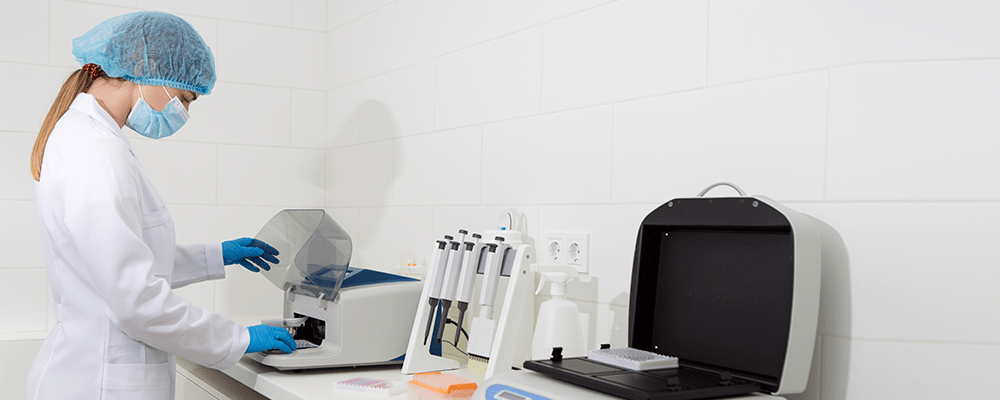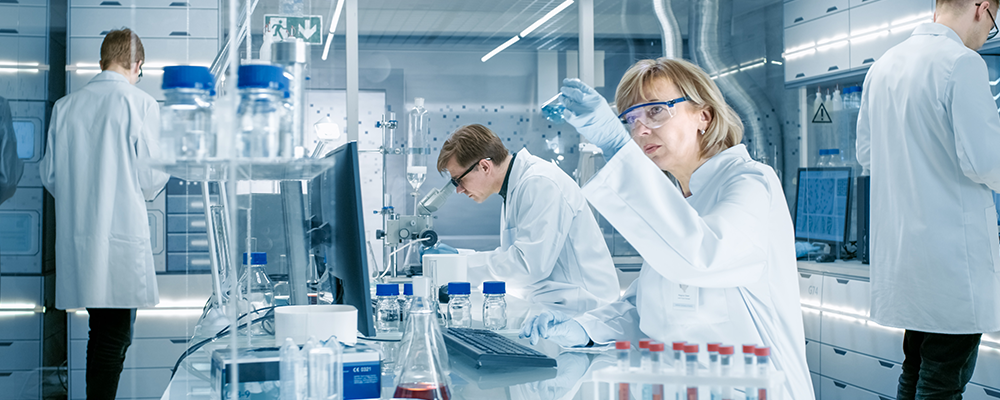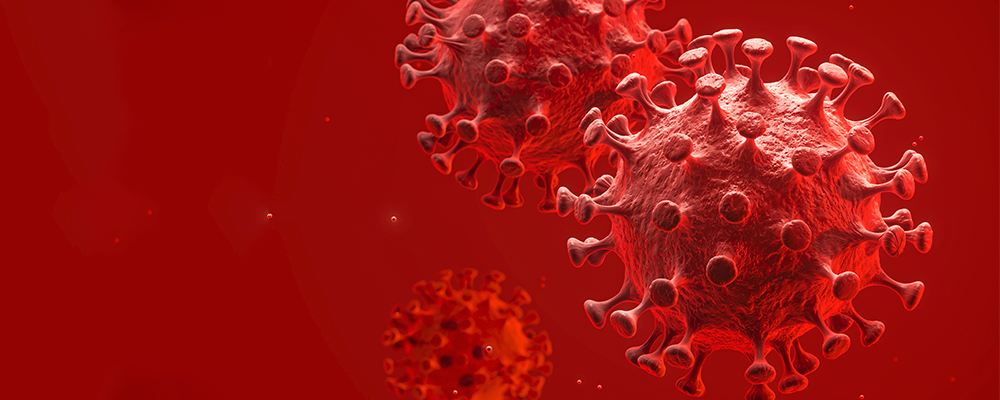
With many new therapeutics approved annually, the demand for biologics has seen exponential growth in the pharmaceutical market. In the bioanalytical community, the study of large molecules is now a hot topic of discussion.
The snowballing importance of peptides and proteins as therapeutic agents, combined with the colossal opportunities offered by new MS-based technology, has unlocked a new world for bioanalytical scientists.
Ligand-binding assays (LBAs) such as enzyme-linked immunosorbent assays (ELISA) or UV identification of individual peptides using high-performance liquid chromatography (HPLC) are the standard methods for the quantification of biologic drugs.
However, these methods are typically expensive, time-consuming to develop, and have limited selectivity and antibody cross-reactivity.
This results in a lack of interference specificity and high background levels that are not appropriate for fulfilling the specifications of the biopharmaceutical industry to identify different proteins and peptides with increasing sensitivity and reproducibility.
Liquid chromatography combined with tandem mass spectrometry (LC-MS-MS) has been widely used for small molecule bioanalysis in pharmaceutical laboratories since the 1980s.
As like smaller molecules, LC-MS-MS also carry advantages for biologics:
- It is not susceptible to cross-reactivity of the antibody because LC-MS-MS involves direct assessment of the analyte’s chemical properties.
- It provides excellent selectivity, being able to discern and quantify extremely homologous isoforms with precision and accuracy over a large linear dynamic range, even at low levels.
- Due to its high analytical sensitivity and selectivity, in addition to its high-throughput capability, LC-MS/MS has been considered the primary technique to measure the concentrations of first-generation and second-generation antipsychotics in schizophrenia patients.
Mass spectroscopy has gained increased interest for peptide and protein analysis over LBA because:
- LBA detects molecules based on binding affinity and 3D conformational structure, but they may not be able to distinguish between a protein and its metabolites.
- In contrast with LBA, MS-based approaches have the potential and would be able to produce more precise data on unchanged peptide/protein levels in situations where metabolism hampers reliable LBA data.
- MS techniques usually offer absolute concentrations of medications. This can depend on the form of an assay for LBA methods, and they may provide either absolute or free concentration of drugs.
However, LC-MS-MS-based bioanalysis for large molecule drugs poses a range of new obstacles, like difficulties in sample processing and extraction measures for the quantification of large molecules.
The reasons include the following:
- The background peptides and proteins in the biological matrices compete with the biotherapeutic molecule of interest, creating interference problems and impacting accuracy.
- The lack of significant evidence during quantification arises for being unable to catch free drugs that may circulate in serum.
Recently, many LC-MS-MS technological advancements have been made that can help solve all of these concerns.
In particular, the increase of ionization efficiency and ion transmission in recent triple quadrupole instruments has greatly enhanced sensitivity, allowing biologics to be detected at picogram or sub-femtogram levels.
Advances in technologies inside the LC-MS-MS include improved ion collision focusing, which brings more ions to the detector, as well as upgrades to the dynamic range of the detector to increase bioanalysis sensitivity and efficiency.
Recently, there has been a growing interest in integrating LBA immunoaffinity enrichment with LC-MS-MS quantification to integrate LBAs with the sensitivity and selectivity of LC-MS-MS technologies with greater precision and wider immune capture capabilities.
Automated Column-switching LC–MS/MS, Microextraction packed sorbent (MEPS)/LC-MS/MS, and Disposable Pipette extraction (DPX)/LC-MS/MS are some of the recent techniques that have been used to quantify large molecules.
Two major methods are widely used when using LC-MS/MS based technologies for the bioanalysis of large molecules:
1. Intact analyte LC–MS(/MS) approach
This approach is predominantly used for peptides, small proteins, and oligonucleotides with a molecular weight typically below 4–8 kDa.
2. LC–MS/MS approach using a digestion step
This approach is more complex and mainly used for proteins or larger peptides. This approach involves an (enzymatic) digestion step in addition to the intact analyte approach, where the protein/peptide is digested into smaller peptides.
Today, it is most common to use traditional LC-MS/MS triple quadrupole instruments for quantification for both the intact and the digested analyte approaches.
According to the existing standards, 4-6-15 (four out of six QC samples should be within 15% of the nominal value) is used as an approval criterion for large molecular LC-MS/MS assays. 4-6-20 approval requirements are proposed for larger intact analytes, in particular, if a hybrid LC-MS/MS approach is used.
A labeled peptide for peptide analysis or either a labeled intact protein or a labeled signature peptide can be used as an Internal Standard (IS) to establish a successful LC-MS/MS method.
Several guideline documents have been issued by the ICH and FDA to help standardize large molecule bioanalysis studies. These recommendations can be found on the website of the appropriate regulatory agency.
While LC-MS-MS technologies have progressed to be more appropriate for biological bioanalysis, for non-experts who need to create and measure new biologics, the variety of mass spectrometry technologies and techniques, sample preparation methods, and reagents could be overwhelming.
The new advances in instrumentation and software will bring substantial changes in the consistency and efficiency of bioanalysis tests, providing more accurate and compliant results with significant patient safety consequences.
REFERENCES
- Suma Ramagiri, Trends in Bioanalysis Using LC–MS–MS. The Column, The Column-12-07-2015, Volume 11, Issue 22.
- Magnus Knutsson, Ronald Schmidt & Philip Timmerman, LC–MS/MS of large molecules in a regulated bioanalytical environment – which acceptance criteria to apply? Future Science, BIOANALYSIS VOL. 5, NO. 18, https://doi.org/10.4155/bio.13.193






